How do water dispensers make water cold?
Ever found yourself pondering, “How do water dispensers make water cold?” as you reach for a refreshing drink on a sweltering day, only to find the dispenser not working properly?
Water dispensers cool water using a refrigeration unit that circulates refrigerant through a compressor, absorbing heat from water in the reservoir and dissipating it externally, thus lowering the water temperature for a refreshing drink.
Discover more about the fascinating mechanics behind your water dispenser’s chill factor—dive into the details that ensure your next glass is just as cool and invigorating! Read on to quench your curiosity.
How do water dispensers make water cold? (8 Steps Guidance)
If you are facing the same problem like, How do water dispensers make water cold? Must read the following steps!

Step 1: Understanding the Basics of Refrigeration
Refrigeration in water dispensers begins with a cooling unit that utilises a refrigerant. This chemical absorbs the heat from the water and is then compressed to release the heat outside, resulting in chilled water.
Step 2: Checking the Water Reservoir
Verify that the water reservoir is filled and properly seated. A low water level can affect the cooling process, preventing the refrigerant from properly chilling the liquid.
Step 3: The Role of the Compressor in Cooling
The compressor plays a pivotal role by pressurising the refrigerant, facilitating heat absorption from the water, and expelling the warmth to the surroundings, effectively cooling the water inside the dispenser.
Step 4: The Refrigerant Journey
The refrigerant travels through a closed loop system, moving from the compressor to the condenser coils where it releases the absorbed heat into the air, then cycles back chilled to cool the water.
Step 5: Heat Exchange and Dissipation
Through the condenser coils, the heat transferred from the refrigerant to the air is dissipated, ensuring that the coolant is ready to absorb more heat from the water reservoir.
Step 6: Thermostat Regulation for Optimal Temperature
A thermostat monitors the water’s temperature, engaging the cooling process only when necessary to maintain the dispenser’s preset optimal temperature level.
Step 7: Maintenance Tips for Efficient Cooling
Regularly clean and service your water dispenser’s components. This ensures the system remains free from dust and debris, which can impair the efficiency of the cooling process.
Step 8: Troubleshooting Common Issues
Identify and resolve common issues, such as unusual noise or leaks, which could point to problems with the refrigeration cycle or electrical malfunctions hindering performance.
Topics:
The comprehensive topics related, How do water dispensers make water cold?
1: The Significance of Regular Cleaning and Descaling
Like any frequently used appliance, water dispensers accumulate minerals and impurities. Regular cleaning and descaling prevent these build-ups, ensuring the purity of the water and the efficiency of the cooling mechanism, contributing to the longevity and performance of the dispenser.
2: How to Enhance the Longevity of Your Water Dispenser
To extend your water dispenser’s lifespan, be attentive to its usage patterns and perform preventative maintenance. This includes periodic cleaning of drip trays, sanitising water lines, and replacing filters to prevent clogs and the proliferation of bacteria.
3.Cooling Mechanisms
Understanding cooling mechanisms in water dispensers is vital for troubleshooting. Two types are commonly used: thermoelectric based on the Peltier effect or compressor-based, which is similar to a refrigerator’s workings. Each type affects the device’s efficiency and cooling capacity.
4: Energy Efficiency in Water Dispensers: Saving Costs and the Environment
Energy efficiency in water dispensers is not just cost-effective but also eco-friendly. By selecting models with ENERGY STAR ratings or incorporating power-saving modes, users can reduce electricity usage, minimise their carbon footprint, and save on utilities.
5: Selecting the Right Water Dispenser for Your Home or Office Needs
When choosing a water dispenser, consider capacity, temperature settings, and user-friendliness. Opt for dispensers with safety features if you have children, and look at filtration systems to ensure access to clean water for everyone at home or in the office.
Conclusion:
To demystify the query, “How do water dispensers make water cold?”, we’ve explored the inner workings of these convenient appliances. Through steps encompassing refrigeration basics to regular maintenance, we understand that the seamless operation of a water dispenser hinges on its refrigeration cycle and component upkeep. Remember, a well-maintained dispenser not only provides chilly, refreshing water but also stands as a testament to the marvels of modern cooling technology.
FAQs:
People also ask, How do water dispensers make water cold?
A water dispenser may not be cold due to issues with the refrigeration cycle, thermostat settings, insufficient water levels, or requiring maintenance and cleaning.
The physics behind a water dispenser involve thermodynamics where heat is absorbed by refrigerant and expelled, thereby cooling the water through a refrigeration cycle.
The water from a dispenser can typically range between 40°F to 50°F, offering a chilled and refreshing experience with each pour.
The cooling time for water in a dispenser varies, typically taking few hours to reach the ideal chilled temperature between 40°F to 50°F.
A water dispenser heats water using an internal electric heater that brings the water to a near-boiling temperature, maintained within an insulated hot water tank.

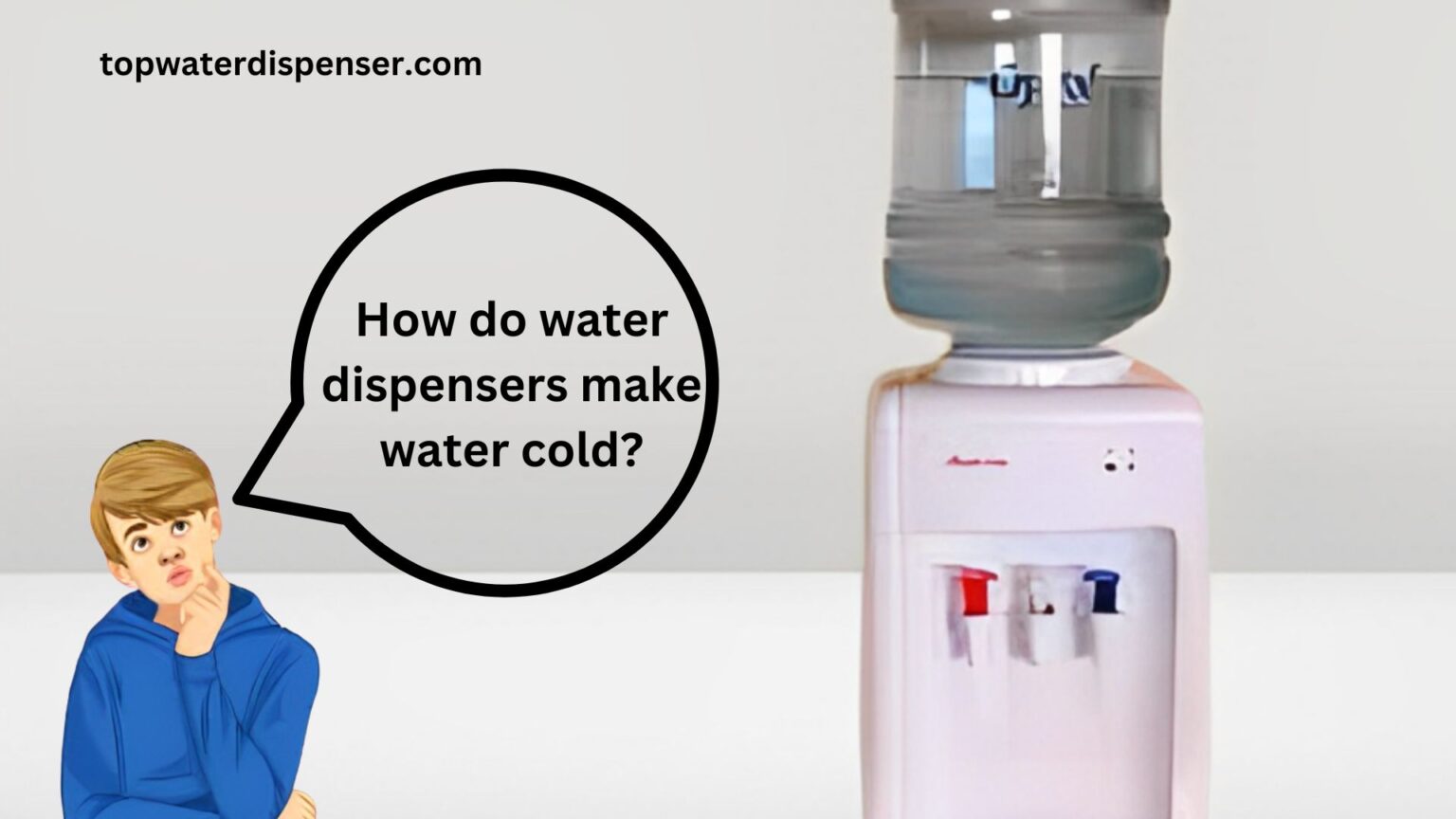
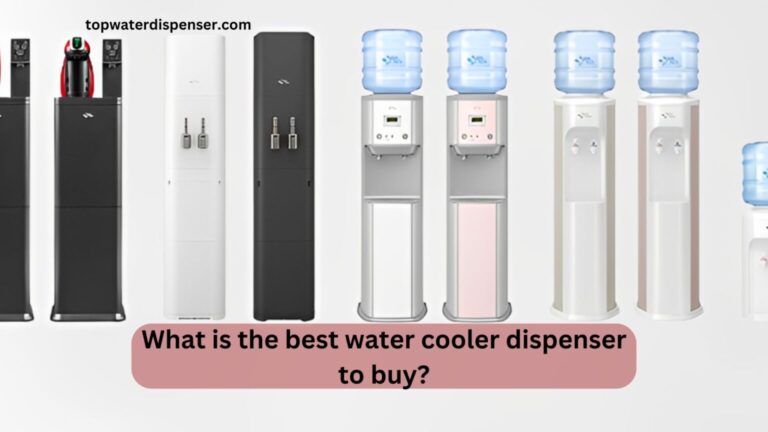
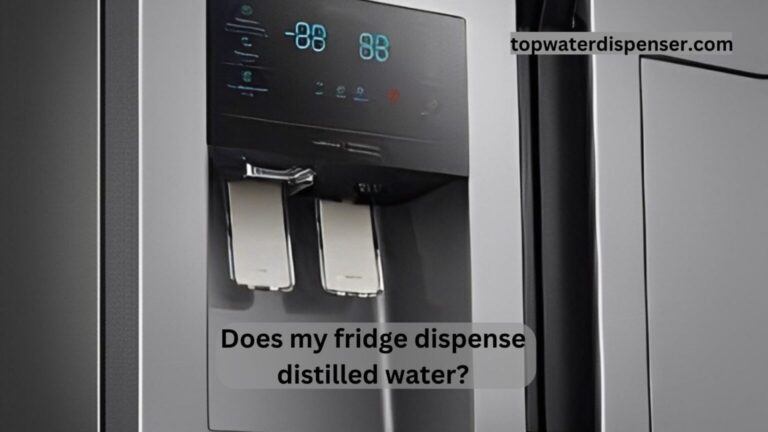
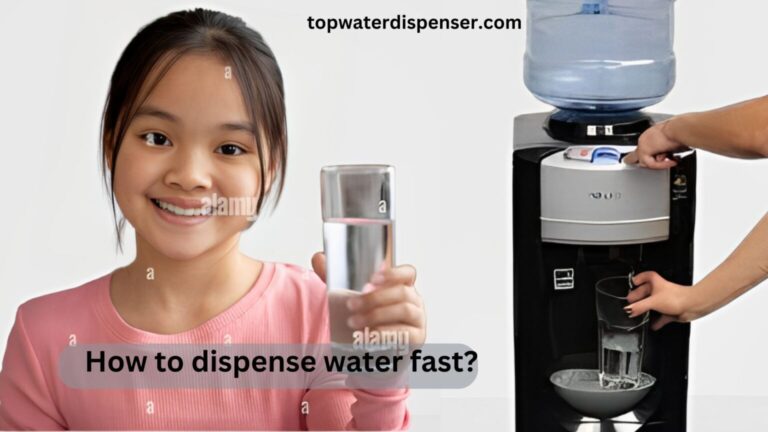
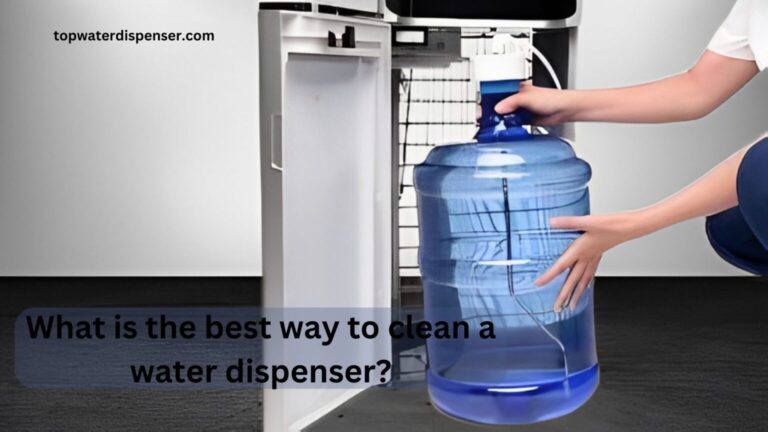

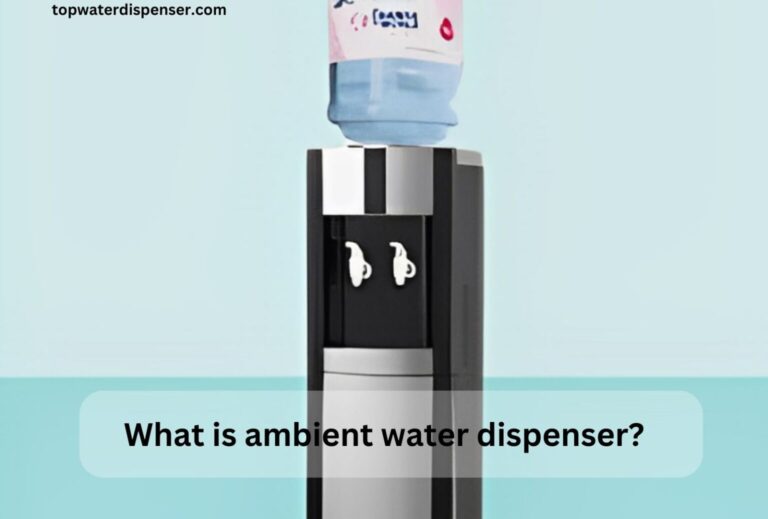
One Comment